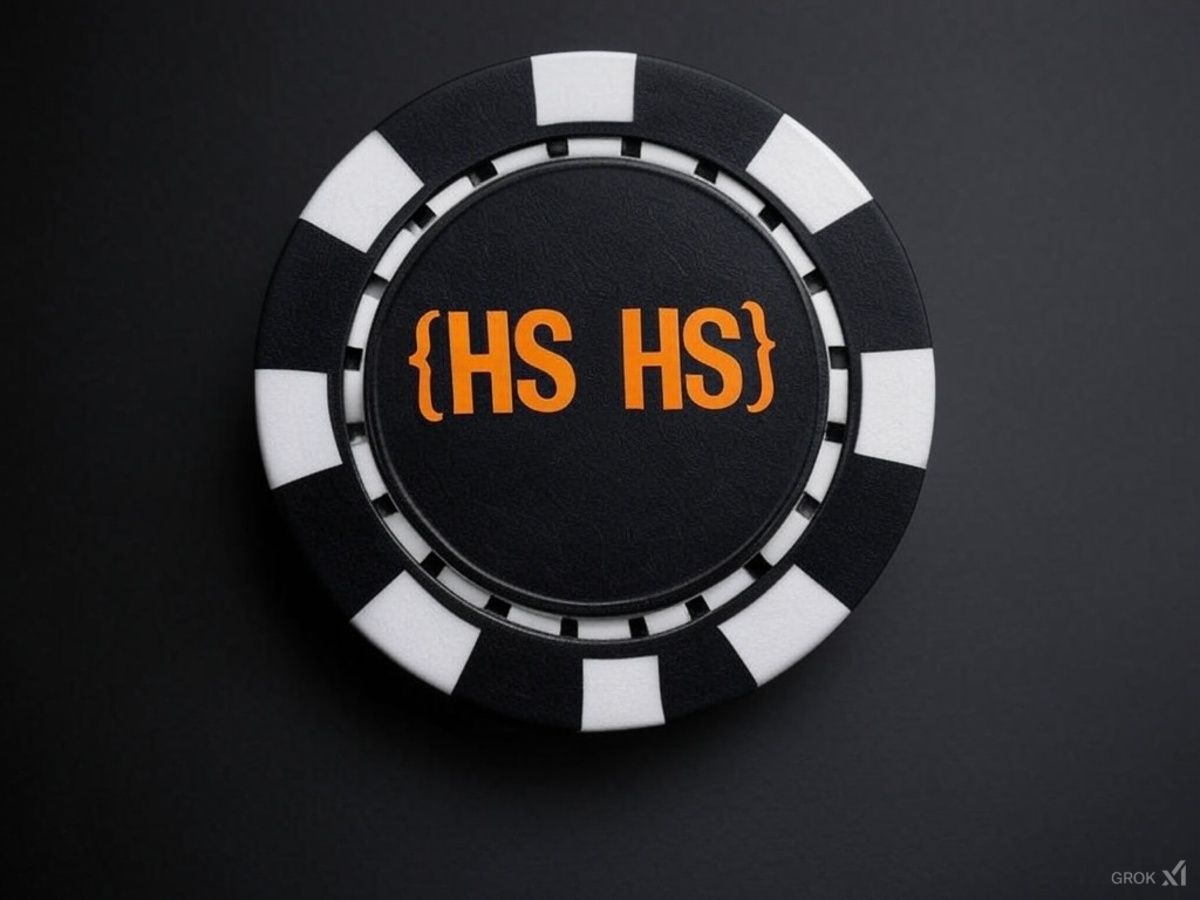Most entrepreneurs and corporate leaders fail at upward management for one simple reason: they're still reacting to power like they did at age 12.
You're negotiating with investors while unconsciously seeking parental approval. You're presenting to the board while internally managing childhood dynamics. You're leading upward relationships from ego level 3—self-protective defense mode—when you need to operate at level 7: autonomous strategic choice.
(Ego levels are shorthand from developmental psychology: moving from reactive → self-aware → autonomous → integrated leadership)
The cost? A founder lost Series B—40% dilution turned into no deal—because he couldn't regulate his defensiveness when the lead investor questioned his burn rate. The company had solid metrics. He had the wrong nervous system response.
Here's what separates leaders who scale from those who plateau: the ability to hold multiple perspectives simultaneously while maintaining conscious choice in every high-stakes interaction.
This isn't therapy. This is strategic advantage.
The System: Three Layers
Before we go deep, here's the architecture:
Layer 1: Self-Regulation Under Pressure → Eliminate unconscious reactivity to power centers
Layer 2: Perspective Multiplication → Process multiple strategic realities simultaneously
Layer 3: Strategic Alignment Across Power Layers → Orchestrate competing stakeholders toward your objectives
Each layer builds on the previous. You can't influence boards if you're still defending your ego. You can't align stakeholders if you can't see from their constraints.
The Power Blindspot
Developmental models show that most professionals stop maturing at the "self-aware" stage. You question things, you see nuance, but you're fundamentally tied to what those above you expect.


